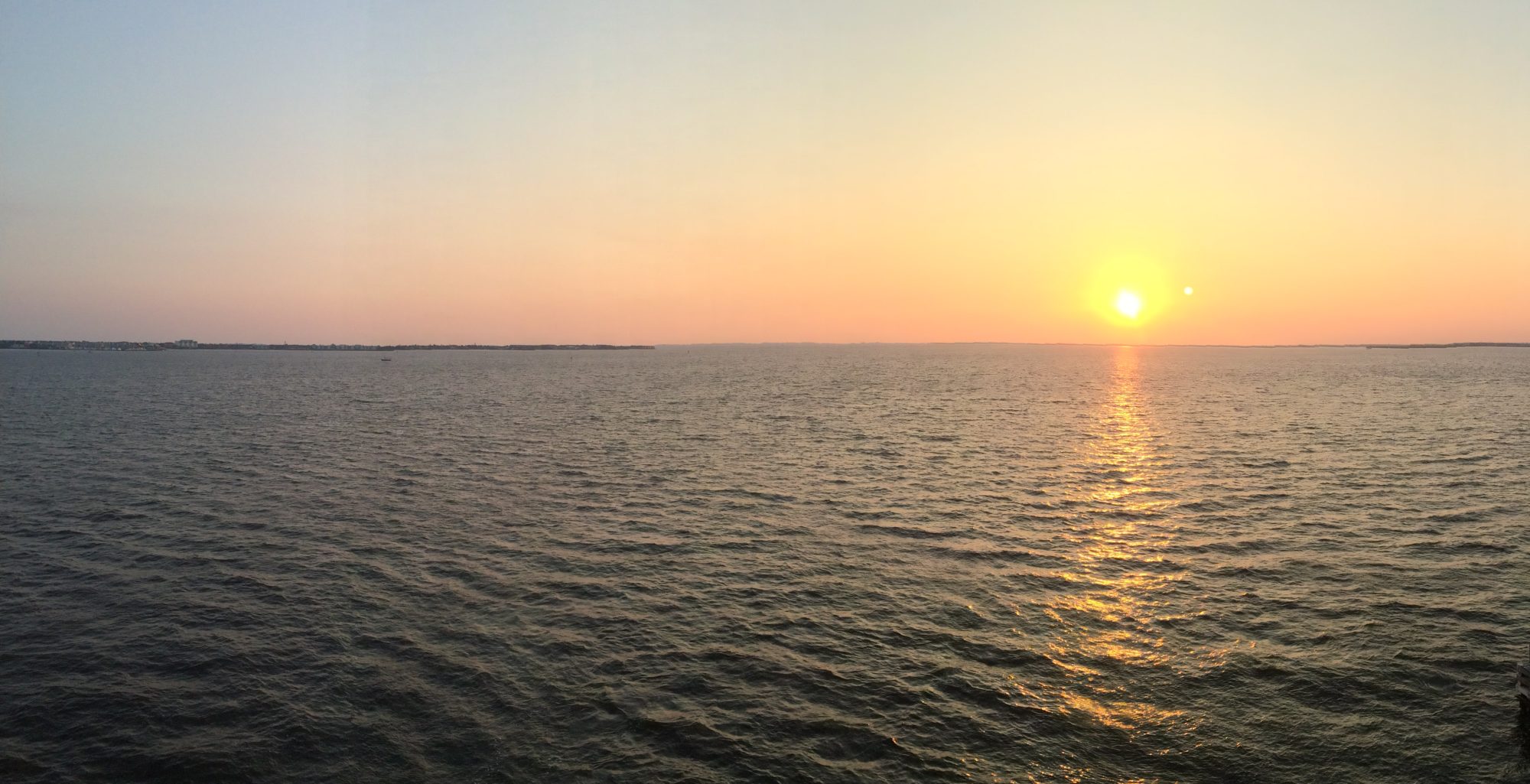Neah Bay and Cape Flattery, 127 mile jump
Planning to find a hotel up on the Strait, we packed our bath kits and a change of clothes and even brought our laundry along. The road to Lake Ozette branches off of the road to Neah Bay so it made sense to save the time and effort to drive all the way back to Forks only to retrace the route tomorrow. We departed about 8:40, the fog lifted and we had glorious blue sky all day long! Going north on the 101, we kept north as the highway turned west at Sappho. Highway 113 runs through the ONF on rolling hills and gentle curves of breathtaking scenery. The road meets the Strait at Clallam Bay where we spied a motel that looked promising. Now heading NW towards Neah Bay, we crossed the Hoko River road that we will take to Lake Ozette, about 30 miles SW, tomorrow. The rest of the drive followed the coastline just above the water level and had tight twists and turns. But, the scenery was magnificent with haystack rocks offshore and intriguing tree covered rock formations along the road.
Arriving at Neah Bay, we stopped at the Makah Museum to acquire the necessary permit for hiking the Cape Flattery trail and headed out, promising to return to examine the museum. I got a great picture of two Bald Eagles sitting together in a snag across the street as we left. The Makah community centered around fishing for centuries and their harbor was modern with many large boats docked at the marina. We wished we could spend time there, but Cape Flattery beckoned! We followed the Tribal Scenic Byway around the base of Mt. Bahokus (1380’), from Neah Bay on the east, then south along the Pacific Ocean to Cape Flattery on the west side; actually on the extreme NW corner of the lower 48!
The Makahs had done a marvelous job of landscaping the trail using large 4” x 12” x 30” planks of clear cedar suspended on cedar rails to avoid muddy areas and undulations in the terrain. They also placed 12” diameter logs in the ground to make stepping logs across muddy areas. The plank bridges were musical; one’s footsteps created sounds of different tonality as you walked along!
The forest really stirred us; this was an old growth forest where death and decomposition nourished new life. We first noticed a large number of trees seeming to be up on stilts, having two or more “legs” with a cave like void under the tree. This was not normal; most trees in the city park have all their roots in the ground. Then, we noticed living smaller trees that had sprouted on fallen ancients and were growing roots over the top and down to the ground. Then, we had an “AHA!” moment: the cave like void was the space the elder held until it completely decomposed! This is a great metaphor of life, each generation is nourished by the strength of its elders. There were giant elders alive and still standing, there were dead elders still standing, there were dead elders lying down, some for a very long time and some obviously very recently. But, all were nursing new life whether on the ground or 200’ above the ground. Be it air plants, birds, fungus, mushrooms, moss or the next generation of trees, it was a system that had been refined over the eons. Is it a nursery or a boneyard?
When we got out to the Cape, the tension between the waters of the Pacific and those of the Straits was palatable. Huge waves were coming from two directions and a great riot ensued. It was anarchy. There was no moment of calm, just the cacophony of surf pounding against one another and the rock cliffs whose formidable appearance had been eroded by the sculpting persistence of small grains of sand in that surf. Great caves ornament the rocky edifice.
Exhilarated after such an experience, we hiked back to the truck. We laughed because of the good fortune of blue sky lasted just long enough for our hike, but it was beginning to rain. On our way back to the museum, the rain was intermittent, but a brilliant rainbow formed. Its right end appeared to touch the ground just a quarter mile in front of us. At one point, there was a double rainbow above the original! As if that wasn’t enough, a Bald Eagle flew toward us off to the right and I got a pair of pretty good pictures! Magical!





We spent two hours in the museum. It was very informative with lots of artifacts recovered from Makah communities in Ozette that were buried many years ago by a mud slide and were unearthed more recently by the changes in the wave action in that area. We were impressed by the craftsmanship in the canoes and the long houses in which they lived. These were not nomadic Indians of the plains needing portable houses (tipis). They had an abundance of food provided by the sea: whale, seals, salmon, clams, oysters and much more. So, they built rectangular cedar plank houses some 50’ long and 20” wide. A few different families lived in one of these longhouses. There was a life sized replica in the museum!
Heading home it was pouring rain, the darkness felt eerie at 4pm. The drive was white knuckled but Clallam Bay wasn’t far and there was little traffic. Unfortunately, the little hotel closed for the season yesterday and there weren’t a lot of other options. In fact, none. So we drove back to Forks where we bought a rotisserie chicken and some beer which we consumed while we did our laundry!







































